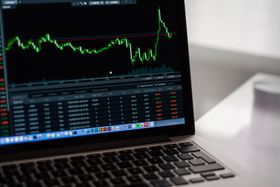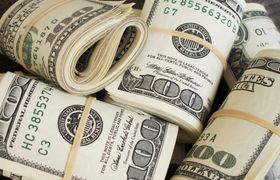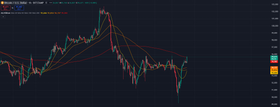What Is the Indicator "Volume-Weighted Average Price" (VWAP) Good For?
Find out how VWAP is determined, how it works, and what it is good for. Learn how to use it in your trading strategy and who generally exploits this method.
Published June 9, 2021
The volume-weighted average price (VWAP) is something that both retail investors and professional traders utilize to the trend and value of the stock. Let's have a look at how it is determined and what it indicates.
How is VWAP Determined?
VWAP is determined by adding dollars traded for each transaction: the price multiplied by the number of shares that have been traded. This is then divided by the total shares traded.
What Does a VWAP Tell You?
It is meant to provide the average price the shares have been traded at throughout the day, relying on volume and price. It also helps traders buy and sell stocks without a massive impact on the market. The power players will generally attempt to exit their positions above the VWAP, allowing the price to move back toward the average.
The best way to develop a play is this: if the price is above VWAP, you can choose to go long. If the price is below VWAP, you can trigger short positions.
One more thing: You may think this is similar to the simple moving average, or SMA. But this is different because SMA does not consider volume levels in an investment's trading.
Trade Like the Power Players
In the end, although every type of investor can use VWAP to their advantage, it is largely exploited by institutional investors and hedge funds.
Related Articles

How to Build an Investment Portfolio for Retirement
Sofia Thai
April 23, 2021

What Is the Ideal Amount of Shares a Beginner Trader With Little Money Should Have?
Sofia Thai
April 29, 2021

Is AvaTrade the Trading Platform Any Good?
Filip Dimkovski
June 10, 2021

How to Transfer Cryptocurrency Between Exchanges
Andrew Moran
July 28, 2021

Mastering Bitcoin Trading Strategies: A Comprehensive Guide
Ethan Collins
January 13, 2025
Related Posts
Andrew Moran
How to Trade Using the VWAP
Andrew Moran
What Is the VWAP Indicator?
Andrew Moran
How to Use the VWAP for Day Trading
Andrew Moran
What Does VWAP Mean?
Andrew Moran
What Happens When Stock Crosses the VWAP?
Andrew Moran
How to Calculate VWAP in Excel
Andrew Moran
